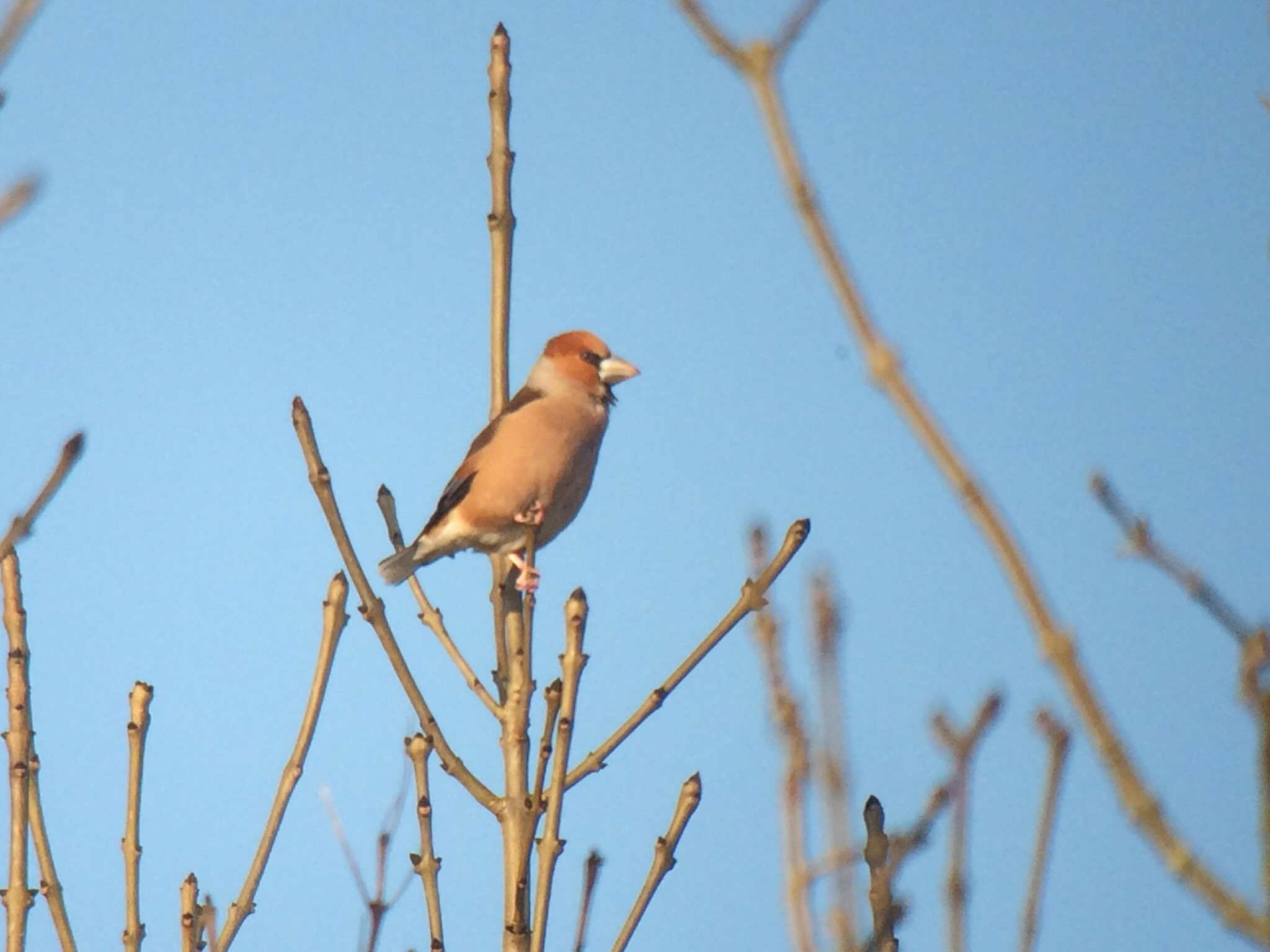You can view this information in two different ways. Our alphabetical list provides information on the status of each species within the harbour, finder dates and names, photos and favoured locations. By clicking on the Systematic List button you will be presented the full Poole Harbour systematic list which includes status of species, pending records and historical accounts.
To date, 333 species have occurred and have been accepted within the Birds of Poole Harbour boundaries. A further 11 distinct subspecies have also been seen. In addition, we have two species/subspecies which have been recorded, but are awaiting acceptance by the appropriate records panel.
There are a handful of historical records, for which there is currently insufficient information to allow their inclusion onto the Poole Harbour list, but are believed to be genuine records. They are listed at the end of the list.
Finally, there are a number of feral or escaped species that have been recorded within the Birds of Poole Harbour boundaries. They are included for completeness, but are not included on the Poole Harbour list.
We would be interested in hearing details of any species that do not appeared on this list.
The Birds of Poole Harbour systematic list is a PDF which you can view by clicking on the button below. It was last updated on December 2019.
Full Poole Harbour Systematic List
Coccothraustes coccothraustes
Rare Visitor
Very rare visitor, best opportunity arising during autumn visible migration at South Haven, Ballard Down and Glebelands. However, In autumn 2017 an unprecedented irruption from southern and eastern Europe saw many thousands arrive into the UK. Sightings began in Poole Harbour at the expected coastal locations, however by November they were regularly being seen at inland sites like Lytchett Fields and Lytchett Minster, Arne, Wareham Churchyard and Holmebridge. They even began appearing in suburban gardens in Upton. It’s unknown exactly how many over-wintered during the 2017/18 winter period but estimates suggest several hundred in Poole Harbour alone and possibly over 1000 across Dorset. There is also remarkably a historic breeding record. On the 8th Sep 1966 a pair was seen in a Poole garden, a week later the female was seen with two young.
1 on 7th Apr 1973 at Studland
1 on 1st Oct 1992 at Rempstone
1 on 2nd Dec 2001 over Corfe Castle
1n on 26th Oct 2005 at South Haven, Studland
1n on 28th Oct 2008 at South Haven, Studland
1 on 11th May 2010 in garden at Norden
1n on 24th Oct 2012 at South Haven, Studland
2n on 6th Nov 2012 at Constitution Hill, Poole
1n on 2nd Oct 2015 at South Haven, Studland
1 on 6th Oct 2015 at Arne car park
1 on 15th Oct 2015 over Arne car park
2017
Ballard Down 4 on 17th Oct, 4 on 30th Oct and 5 on 8th Nov.
Poole 1 in Haymoor Road, Oakdale, on 17th Oct, 2 on 27th Oct and 2 on 9th Nov. 8 sound-recorded over town centre at night between 27th & 30th Oct, max 4 on 28th Oct.
South Haven 1 on 27th Oct.
Arne RSPB Up to 2 between 18th Oct and 21st Nov.
Holes Bay 3 on 15th Oct.
Lytchett Bay Singles on 26th Oct and between 18th Nov and 4th Dec, with 2 on 23rd Nov
Singles at Holes Bay (15th Oct), Middlebere (15th Oct), Sunnyside Farm (12th Nov).
2018
Records were received in the first winter period from Arne RSPB, Corfe Castle, East Holme, Lytchett Bay, Lytchett Matravers, Upton Heath, Wareham.
A maximum count of 14 were logged at Lytchett Matravers church yard in January 2018.
2019
1 over Ballard Down on Oct 6th 2019
2021
1 over Piddle Valley, Carey Secret Garden on Nov 17th 2021
1 on 6th October ‘noc-migged’ over Lytchett Bay 2021
1 on 9th October ‘noc-migged’ over Lytchett Bay 2021

© 2025 Birds of Poole Harbour Registered Charity No. 1152615